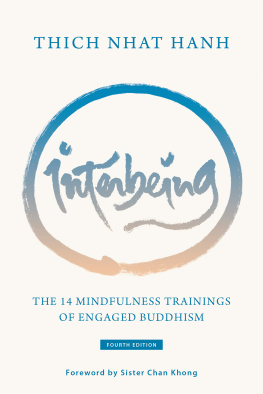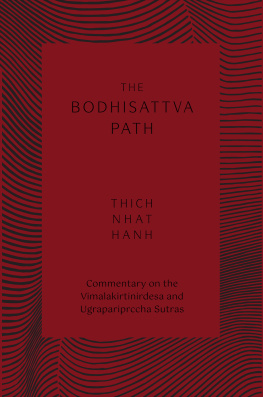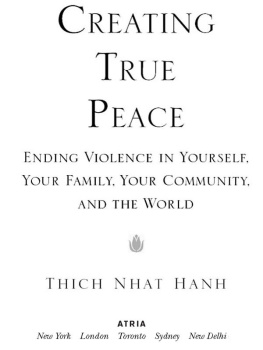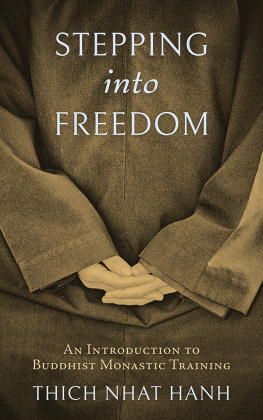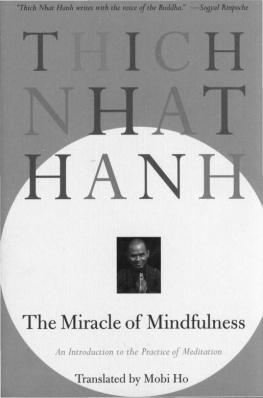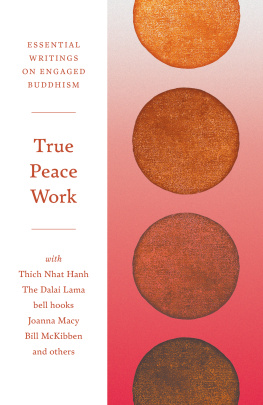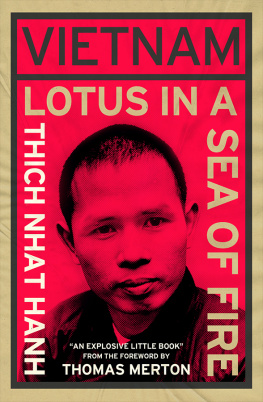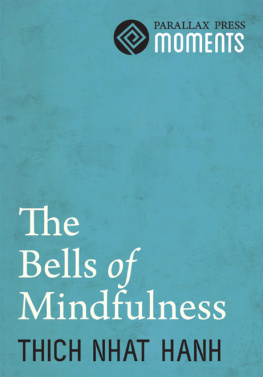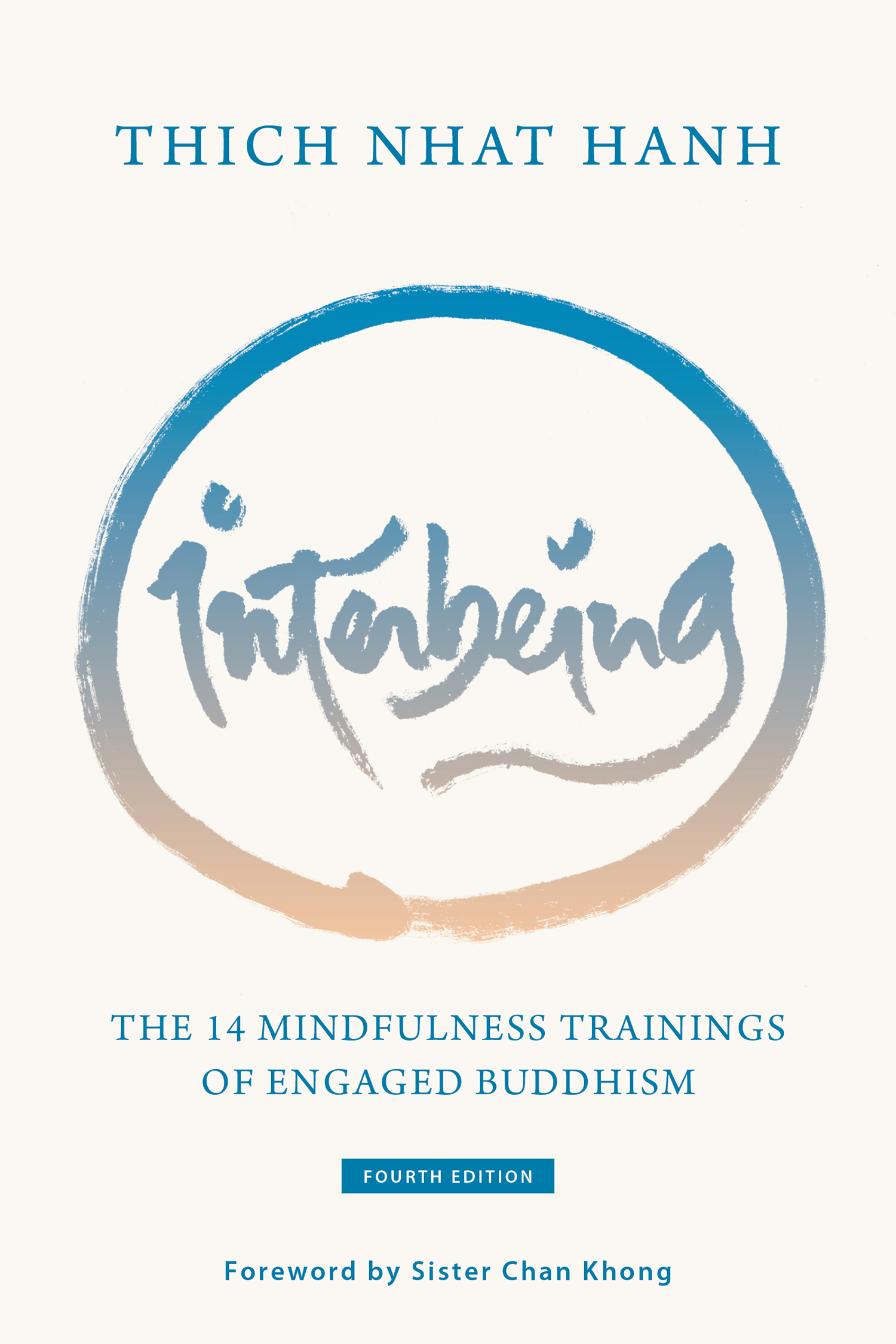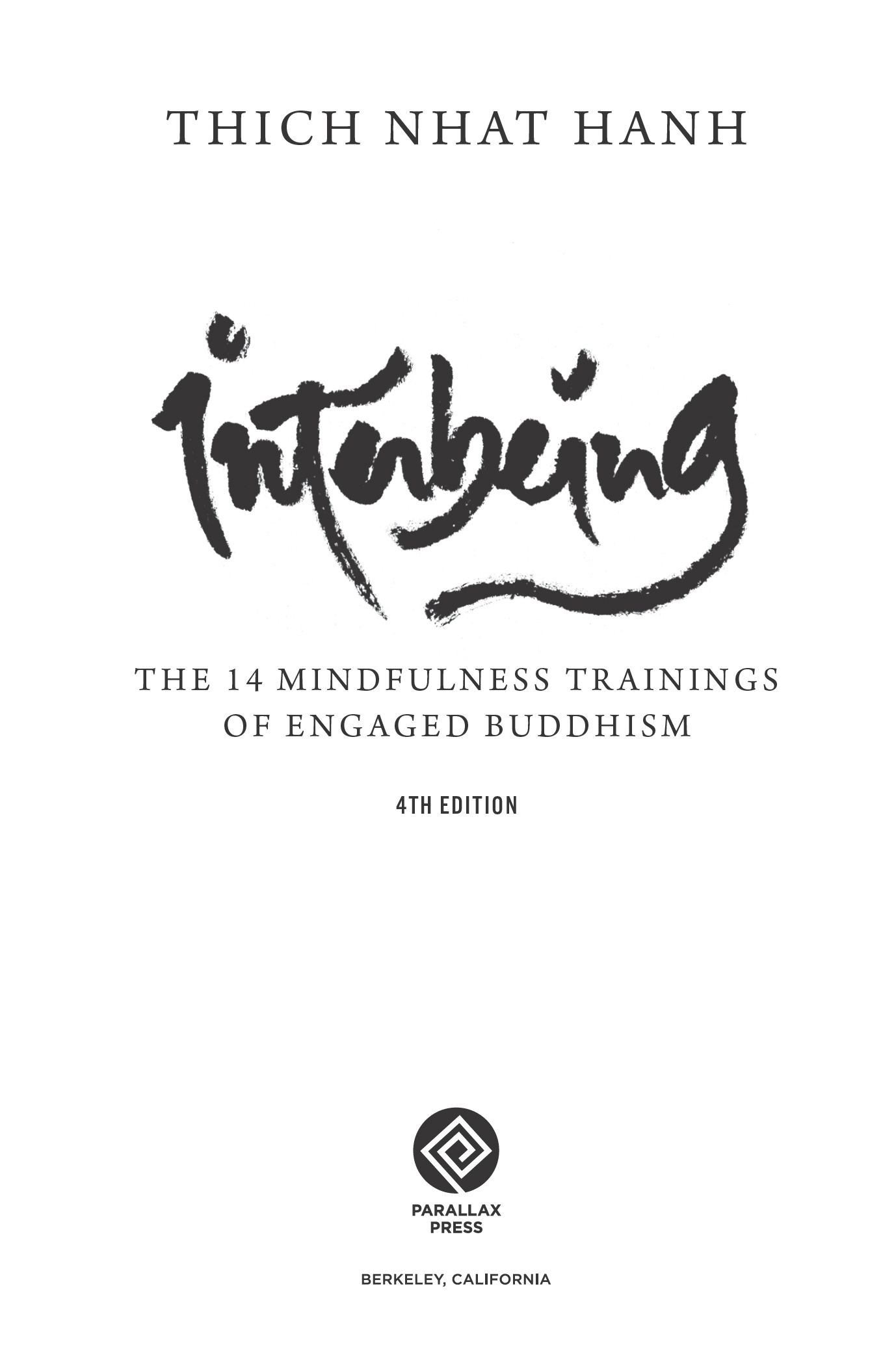Foreword to the Fourth Edition
Sister Chn Khng
As a young person, I was deeply impressed by the teachings of the Buddha kyamuni. This led me to intensify my work helping hungry children in the slums of Saigon, and to make the decision to leave behind my boyfriend of five years to become a Buddhist nun. But when I visited nunneries in Saigon, Bn Tre, and other places, the nuns told me to practice well so I could be reborn as a man and become a Buddha. I knew this was a misunderstanding of the teachings of the Buddha. I didnt want to be reborn as a man in order to become enlightened. I didnt even care about being enlightened. I only cared about helping hungry children, poor people, and suppressed people. I decided to set up my own nunnery. When I was able to meet Thy, I asked him about what I had been told by the nuns. Thy smiled, saying that is an old-fashioned way to interpret Buddhism: during the time the Buddha was alive there were many women who were enlightened during the practice. One day a nun gave a beautiful Dharma talk on the functioning of our mind, which her former husband heard. He then asked the Buddha, Is the teaching given by my former wife correct? The Buddha answered: The Buddha would have said the same if asked to give a teaching on the functioning of our mind.
Rather than agreeing that I become a nun, Thy offered me and others of his students the Fourteen Mindfulness Trainings. When I read these trainings, I was overwhelmed with joy, thinking that Thy had devised them especially for the young people of my generation. I did not realize, as Thy later told me, that they were an expression of the deepest teachings of the Buddha taken from the Avatasaka Stra, Diamond Sutra, and the Lotus Sutra, etc. Thy explained that the Buddhism being practiced at that time was too outdated and he wanted to renew not just the teachings but also the practice. He had asked his teacher in the root temple in Hu if he could have a new Dharma name: One (Nht) Action (Hnh), which suited his aspiration to renew Buddhism.
He then left the Buddhist Institute in Hu, in order to fulfill his ideal of renewing Buddhism; this was in the late 1940s. In 1950, he wrote his first book, a slim volume on Buddhist logic.
In 1958 I enrolled in the University of Saigon to study biology. But what really inspired me was working in the slums. I found a poor area of Saigon only five blocks from the university. Every noon break, I would run to the slum, spend a few hours there, and then run back to school. I would sit and listen to people talk about their hardships and think of ways to help them. I continued my university studies only to please my parents and the kind and excellent professor who was my mentor.
One project I started was giving rice scholarships to orphans and children of single parents. The parents depended on their children to earn a little money selling newspapers or sweets. I knew that well-to-do people rarely thought of the poor, so I began planting seeds of generosity in them, asking them to set aside a handful of rice each day for poor children. I helped set up a daycare center in the slum, facilitated obtaining birth certificates for children so they could enroll in school, and taught those who werent able to go to school. I helped some of the parents get small loans to start a business, and transported sick people to the hospital on my motorbike. I later discovered that this is called social work, but at the time, I didnt know I was a social worker.
In October, 1959 Thy Mn Gic gave me a book by Thch Nht Hnh. I learned that in December Thy would begin teaching a three-month course at X Li Temple in Saigon, so I enrolled. The first lecture I heard him give impressed me deeply. I had never heard anyone speak so beautifully and profoundly. It was the fifteenth of November, 1959.
Thy felt that Buddhism had much to contribute to real social change. He wanted to find ways to support a movement for social change according to the Buddhist spirit. He said he would help my friends and me with our social projects.
I knew Thy was the teacher I had been looking for. Inspired by his teachings and encouragement, I attracted seventy friends to join me in caring for five slums around Saigon. We took medicine and food to those who were ill, held night classes for adults, and taught children about the great men and women of Vietnam.
In February 1961 Thy offered another three-month course. An atmosphere of sisterhood and brotherhood began to develop among Thy and his students. In April, he began another weekly course on Buddhism for twenty of us university students. Thy moved to Trc Lm Temple, a one-hour motorbike ride from Saigon, and taught the course there.
From May to September 1961, I went with a dozen friends every Saturday to study with Thy at the Trc Lm Temple, and we stayed until late in the evening. Then we rode back to Saigon, singing together under the moonlight. These were wonderful days. We loved and respected each other dearly, like thirteen brothers and sisters. Learning from Thy, we became the thirteen cedars of the Buddhist movement in South Vietnam. Thy wanted to continue his efforts to renew Buddhism by training a number of young people to become like strong cedars to help support the Buddhas teachings.
We thirteen cedars decided to apply our Buddhist understanding by setting up a night school for poor workers, soldiers, and working teenagers. We realized we were becoming a happy Sangha, a community of practice, helping others. In September Thy told us that he had accepted a fellowship to study comparative religion at Princeton University. He was in the US for two years. I continued my social work and my university studies.

